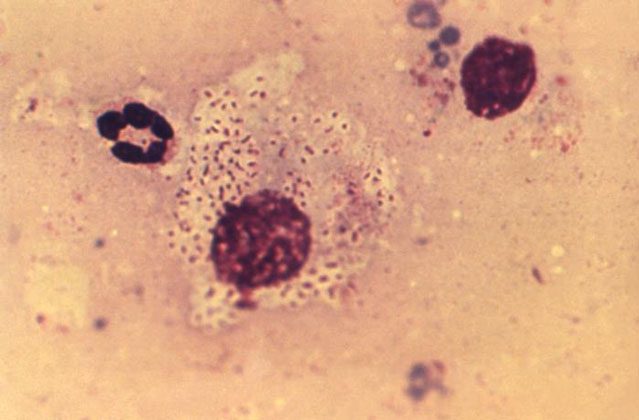
The course of human biology and STD infection is ever-changing, and a new virus is causing fear among many. Those infected with the STD Donovanosis may experience genital rot in the latter stages of the disease if it is left untreated.
It sounds like a bad joke to spread fear in those who have unprotected sex but it’s not. The virus has been recently diagnosed in an unidentified man in England. It is the third time according to The Daily Mirror that the virus has been diagnosed in that country. Infection is characterized by sores on the body that eventually causes necrosis (dying of tissue) in the genital area. The STD is normally found in the tropical regions of the globe. According to a BMJ, a U.K. organization that publishes medical data for researchers:
“Recent scientific work on the infection has come mainly from South Africa, Australia and India. The condition tends to be found in populations that are marginalized, impoverished, and with limited powers of advocacy. Considerable uncertainty still surrounds many aspects of Donovanosis including the natural history, disease classification, treatment, and even the most suitable name for the condition.”
The CDC reports that granuloma inguinale (Donovanosis), has appeared in the US before with only about 100 cases per year. Signs of infection include fleshy red sores that bleed when touched, a dry sore with uneven edges and tissue death accompanied by a foul smell. The virus can be treated with antibiotics but must be caught in its early stages. So far there have been no new reported cases in the United States. But with today’s global society any foreign pathogen is just a plane ride away.
The next page displays a graphic NSFW image of the virus in a late, untreated stage of infection.
















